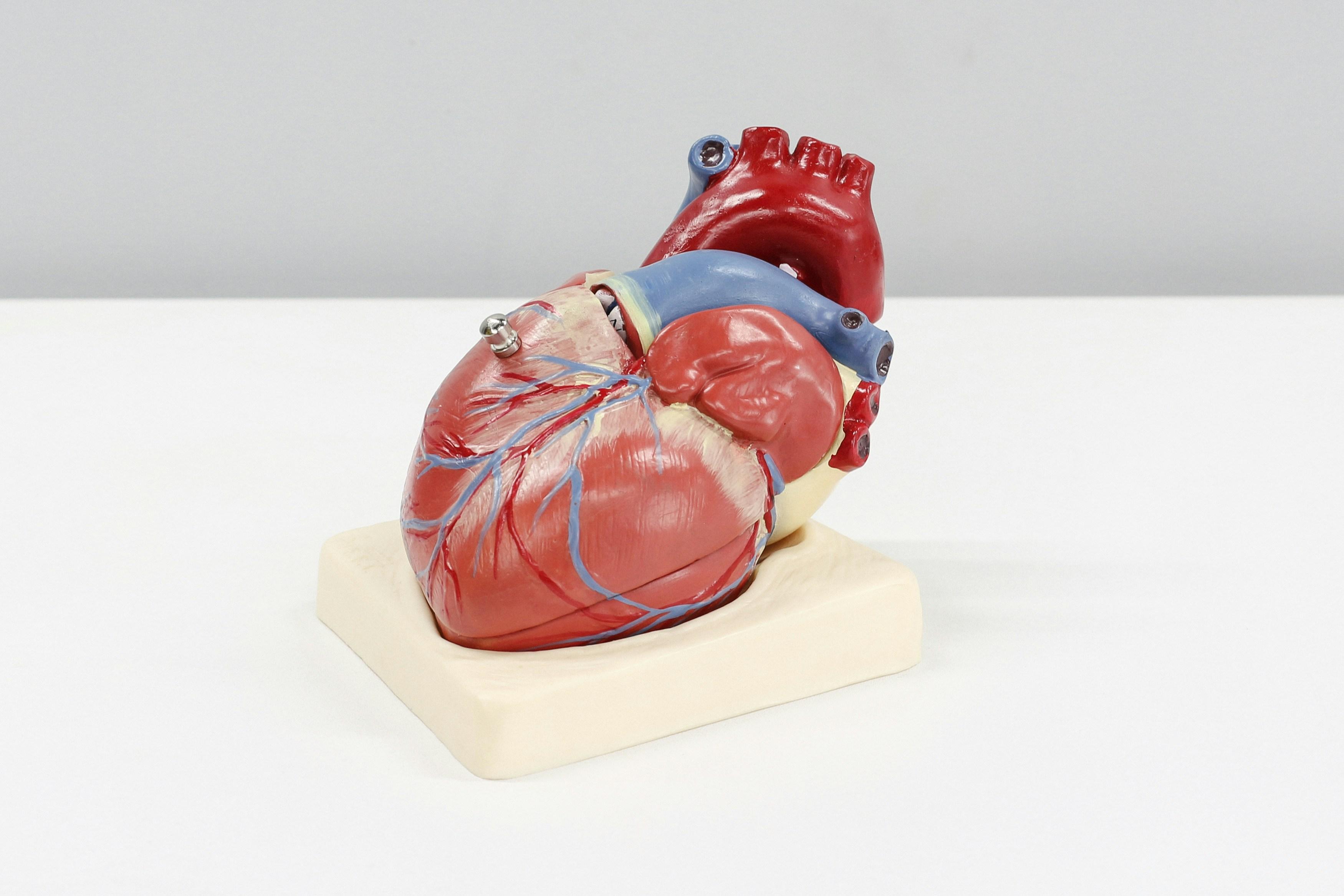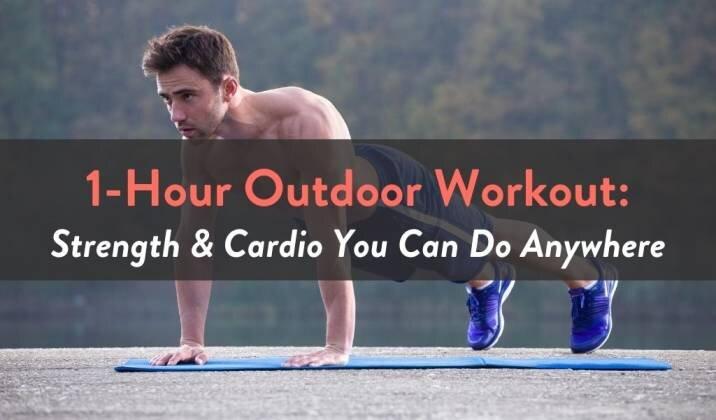In the ever-evolving landscape of fitness, the question of where to break a sweat has taken center stage. As more people lace up their running shoes and unroll their yoga mats, a subtle debate brews: Are outdoor cardio workouts safer than their indoor counterparts? This query, simple on the surface, unfurls a tapestry of considerations ranging from air quality and environmental factors to psychological well-being and viral transmission. As we navigate this complex fitness frontier, it’s essential to weigh the benefits and risks of each setting, seeking clarity in the sunlit parks and climate-controlled gyms alike. Join us as we explore the multifaceted world of cardio workouts, where safety meets science, and personal preference dances with public health.
Exploring the Health Implications of Fresh Air Versus Enclosed Spaces
When it comes to choosing between outdoor and indoor environments for your cardio workouts, understanding the health implications of each can significantly influence your decision. Outdoor exercise provides the benefit of fresh air, which can enhance oxygen intake and improve mood due to increased exposure to natural light. The open environment may also reduce the concentration of airborne pathogens, potentially lowering the risk of respiratory issues.
On the other hand, indoor workouts offer their own set of advantages and challenges. While enclosed spaces might shield you from harsh weather conditions, they can also expose you to recycled air and higher levels of indoor pollutants. Here are some factors to consider when choosing your workout environment:
- Air Quality: Outdoor settings typically have better air circulation, whereas indoor spaces might have limited ventilation.
- Environmental Control: Indoor workouts allow for climate control, making it easier to maintain a consistent exercise routine regardless of external weather conditions.
- Space and Safety: Outdoor workouts provide more space, reducing the risk of close contact with others, but may present safety concerns such as uneven terrain.

Analyzing Air Quality and Ventilation in Cardio Environments
When considering where to engage in cardiovascular exercises, the quality of air and ventilation becomes a crucial factor. Indoor environments, such as gyms and fitness centers, often rely on artificial ventilation systems. While these systems are designed to maintain air circulation, they might not always filter out airborne contaminants effectively. Poor ventilation can lead to the accumulation of carbon dioxide, dust, and other pollutants, potentially impacting respiratory health. Moreover, in a crowded gym, the risk of airborne pathogen transmission can increase, especially if the air is not adequately refreshed.
On the other hand, outdoor cardio workouts offer natural ventilation and exposure to fresh air, which can be beneficial for lung function and overall well-being. The open environment reduces the concentration of airborne particles, providing a cleaner atmosphere to breathe in. However, outdoor exercise is not without its challenges. Factors such as urban pollution, pollen, and varying weather conditions can affect air quality. It’s essential to consider the following when planning outdoor workouts:
- Check local air quality indexes to avoid high pollution days.
- Choose parks or areas with ample greenery for cleaner air.
- Be mindful of pollen counts if you have allergies.
Balancing the benefits and drawbacks of each setting can help in making an informed decision about where to conduct your cardio routines.

Assessing the Impact of Weather Conditions on Workout Safety
When it comes to outdoor cardio workouts, the unpredictability of weather conditions plays a significant role in determining safety. Factors such as temperature, humidity, wind speed, and precipitation can drastically affect not only the comfort but also the health risks associated with exercising outside. Extreme heat can lead to dehydration or heatstroke, while cold temperatures might increase the risk of hypothermia or frostbite. Rain and snow can create slippery surfaces, increasing the chance of falls and injuries. Conversely, a well-ventilated indoor environment can provide a controlled setting, minimizing these risks.
- Temperature Control: Indoor workouts offer stable temperatures, reducing the risk of heat or cold-related issues.
- Air Quality: Outdoor air quality can be affected by pollution or pollen, whereas indoor environments can be filtered and adjusted.
- Surface Safety: Indoors, you have the advantage of even surfaces, reducing the risk of tripping or slipping.
- Visibility: Low light conditions outside can impair visibility, while indoor lighting is constant.
While the allure of the great outdoors and the benefits of fresh air can be compelling, it is crucial to assess the weather conditions before heading out for a run or bike ride. Adapting your workout to the day’s weather, or opting for an indoor alternative, ensures you maintain safety without compromising on your fitness goals.

Expert Recommendations for Choosing Your Ideal Cardio Setting
When determining the perfect environment for your cardio workouts, several expert insights can help guide your decision. Consider the following key factors:
- Personal Preferences: Some individuals thrive on the natural energy of the outdoors, enjoying the ever-changing scenery and fresh air, while others may prefer the controlled climate and predictable terrain of an indoor setting.
- Safety and Accessibility: Evaluate the safety of your chosen environment. Outdoor settings might pose risks such as uneven terrain or traffic, while indoor facilities offer a stable and secure environment, often equipped with emergency support.
- Health Considerations: For those with allergies or respiratory issues, indoor workouts can provide a controlled air quality, free from pollen or pollutants. Conversely, the natural air and sunlight found outdoors can enhance mood and provide a vitamin D boost.
Ultimately, the ideal cardio setting aligns with your lifestyle, health needs, and personal enjoyment, ensuring a consistent and rewarding exercise routine.
